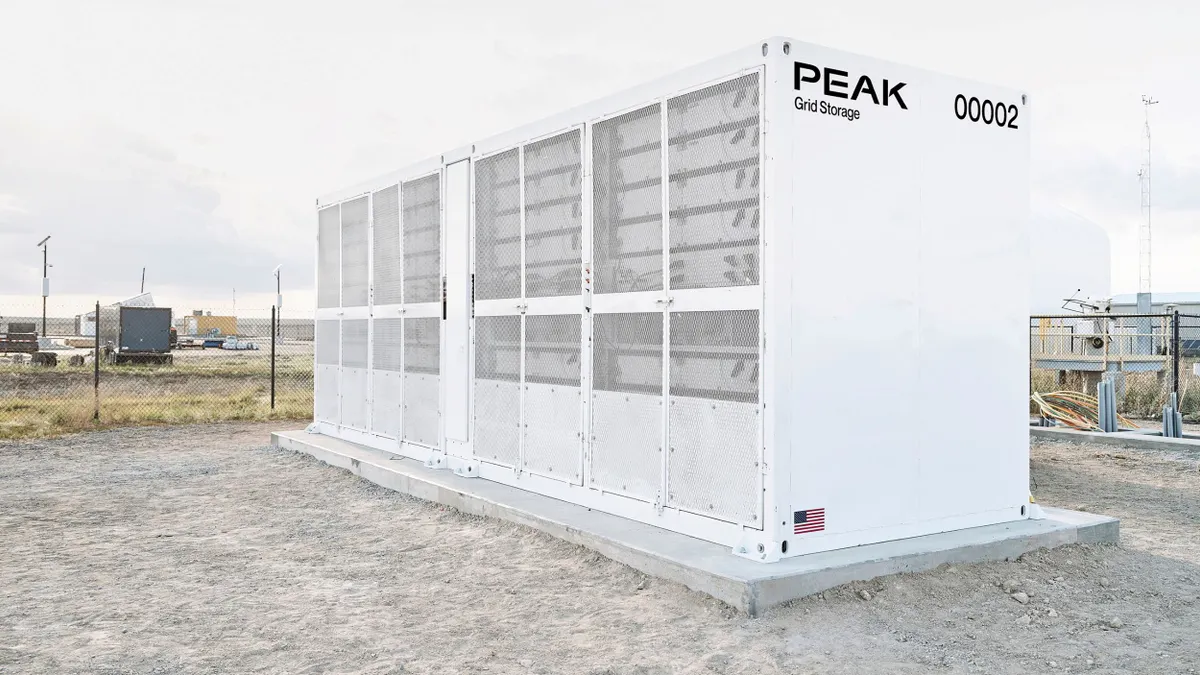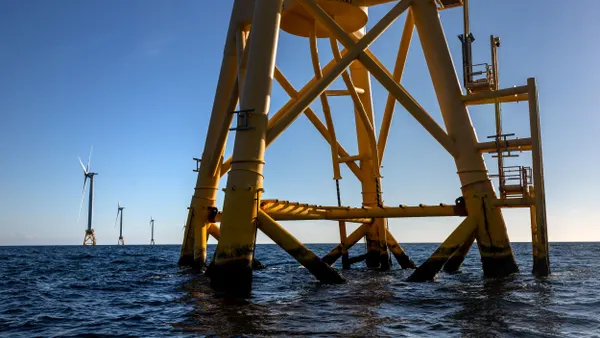The list of automakers entering the market for stationary energy storage seems to get longer by the day.
The most recent entry is Daimler, the German manufacturer of Mercedes-Benz autos, which in November launched a separate unit, Mercedes-Benz Energy Americas, that plans to begin selling its stationary storage products to residential, commercial and utility consumers this year.
With its new North American business unit, Daimler is looking to leverage the entry it made into stationary storage in 2015 with its Deutsche ACCUmotive unit. In fact, in April 2016, Daimler spun off Mercedes-Benz Energy GmbH from ACCUmotive in order to concentrate on energy storage applications.
The new unit will have plenty of competition. Daimler joins BMW, Nissan, Tesla and VW, which have also all entered the market for stationary energy storage.
All of those companies have at least two concerns that are driving their interest in storage: What to do with batteries that are no longer useful in an electric vehicle but still have plenty of useful life left in them? How do they improve the economies of battery manufacturing and drive down costs?
Stationary storage presents possible answers to both questions by opening up new markets for new batteries and for recycled or repurposed batteries.
The underlying theme is how to make the most of an asset—in this case the battery in an electric car—which can serve more than one use.
That is a theme touched on by Boris von Bormann, the new head of Mercedes-Benz Energy Americas, in an interview with Utility Dive. “How do we use the car’s capacity that is driving around? How do we monetize it in the energy markets? How do we make it available to the grid operator, a utility, a city?”
Monetizing electric car batteries
Daimler’s response is to take an integrated approach that it sums up under the rubric EQ (for electric intelligence). EQ includes the electric vehicle, as well as a range of services related to EVs, including energy storage devices for residential and commercial customers, charging technologies, and sustainable recycling.
Bormann said Daimler is going to begin to roll out its EQ suite of products in Germany in May and deploy pilot projects throughout the year as “a full package to the end customer should available by the end of the year or next year at the latest.”
In terms of storage, Bormann said the new unit plans to begin rolling out 2.5-kWh residential storage units in April that could be combined for a system of up to 20 kWh and could be used for backup power and solar self-consumption. The unit is also building a 1-MWh grid-scale project for a customer on the East Coast.
Bormann said the new unit’s initial focus is on the residential and utility scale markets, but he said, “we’ve received a lot of interest on the C&I side.”
The larger goal, said Bormann, is to move from “just a pure play storage” business unit to one that is more focused on the “overall life cycle of an electric vehicle.”
For instance, holding EV batteries in inventory presents problems because they have a shelf life and they degrade if they are not used. Daimler has done one project it calls “living spare part” where batteries held in inventory are constantly cycled at a low level to preserve their “health,” and they also can be “monetized by participating in an energy market, a grid services market.”
On the other end of the cycle is Daimler’s “second life” concept of battery usage. In September, the company announced a 13 MWh storage project in Lunen, Germany, that will use 1,000 batteries from an earlier generation of its electric vehicles to even out fluctuations in the German power grid.
Bormann also said it could be possible to partner with utilities, especially in markets such as Hawaii where there is a need to increase the load on some circuits. And, he said, MBEA also could provide “guided consulting” to utility partners in terms of providing intelligence on EVs. “We know the data on the cars, know where they are parked, when they are charging.”
Bormann stressed that Daimler’s approach to EVs is not restricted to the vehicles themselves but the whole ecosystem around the vehicles.
Earlier this month, Daimler became a lead investor in ChargePoint, a California company that is building out a network of EV charging stations in North America. The company also is participating in efforts to craft standards and build out charging infrastructure.
Bormann notes that Mercedes is not looking to get into the EV charging business on a proprietary basis. The company is not “tied to a particular infrastructure,” said Bormann. “The more infrastructure you have out there, the better for the user, in and out of the car.”
In addition to EVs, storage and an investment in charging stations, Daimler also is active in the shared service auto market with its Car2Go affiliate.
“We are looking to see where the market is going,” said Bormann, “and how we can participate and what are the threats and how we can get ahead of those threats and not have them become threats.”
Gavin Bade contributed reporting.













